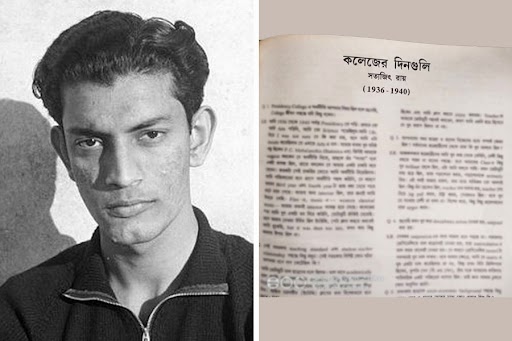 |
It was a night for the young and the emerging. Calcuttans saw six young choreographers stage their creations in contemporary dance on Friday as part of the Prayana Dance Festival, presented by Max Mueller Bhavan and Attakkalari Centre for Movement Arts, in association with t2.
The festival that began with the screening of a film on one of the doyens of contemporary dance, Pina Bausch, ended with five presentations by four young artistes from Attakkalari, Bangalore, and two from Calcutta’s Sapphire Dance Company.
“Today’s performances are supported by Attakkalari’s Young Choreographers’ Platform (YCP) that is committed to the development and nurturing new talent. Unless young choreographers are helped to present their work on a large platform, we cannot expect the art form to grow,” said Jayachandran Palazhy, artistic director, Attakkalari Centre for Movement Arts.
Emotica
The piece explored the journey of an individual through the vagaries of life, from the protection of the mother’s womb to the real world where there’s no pampering and a lot of chaos. “It was really challenging because the dancers from Bangalore are terrific. We saw them perform and their technique is totally different from ours. So it was a learning experience as well,” said Ankita Dutta Gupta of Sapphire repertory, who used a lot of contemporary improvisation movements.
Aspiration
Youngsters often run after too many things, only to face a void in terms of achievement. Dreams are shattered and depression set is. That’s when there is need for inspiration. The fight to shrug off negativity and keep pursuing one’s dreams was at the core of this piece by an all-male trio. Strong physicality and contact improvisation techniques were key to the performance. “This is a wonderful experience. Performances by the Attakkalari members have been outstanding. In terms of technique, Calcutta lags behind, compared with the Bangalore troupe. We learnt many things from Jayachandran Palazhy. He is awesome,” said Pintu Das, a repertory member of Sapphire Creations, Calcutta.
 |
Bardo Beings
Transformation and transition were at the core of this high-energy performance that sees dancers Diya Naidu and Ronita Mookerji explore the human body not just as a physical entity but as a prison, dream state, trance and worship. At times, the dancers were almost like animals in a survival of the fittest contest. At other times, they seemed to be like body and the soul, darkness and light. “I have always been intrigued by the idea of disembodiment, death, the idea of leaving one’s body. In Tibetan philosophy, ‘bardo’ loosely means the stage between one life and the next, the transition period. I am interested in this transformation. Not only bardos, small moments in life can also cause a deep transformation. Like you read a book and it changes you,” said Diya, who has been part of the Attakkalari repertory since 2007.
“I am a half-Bengali from Calcutta. I am really excited by the response here, in terms of the turnout. That’s really heart-warming,” she added.
Trikonanga
Touching upon diverse emotional states with focus and tenderness interrupted by outbursts of energy, the piece combined distinct physicalities of three dance forms — Bharatanatyam, contemporary and ballet. Alluding to the concept of Navarasa (nine emotional states) in classical Indian dance, Trikonanga included nine sections and three major devices of enactment — angika abhinaya (physical expression), vachika abhinaya (oral expression) and satvika abhinaya (emotional expression).
“I was inspired by a posture in Bharatanatyam called mandala position. The minute I saw the posture, I noticed nine triangles within the body, and I knew I was going to do something with that,” said Hemabharathy Palini of Attakkalari.
Zameen
The final act of the evening was Zameen, a captivating performance that drew the audience into the heart of a remote Indian village affected by the construction of a dam over the local river. An intense, controlled and intricate dance score, Zameen alludes to the Narmada Bachaao Andolan.
“We watched films on the Narmada Valley. Then we went there and met affected villagers. The sight of farmers fighting for their submerged land and temples that have drowned inspired us to create this piece. Sylvester plays a suffering farmer while I represent a drowned goddess. We keep it open-ended as the conflict, hopelessness and a strange gut strength to move on combine together in the production,” said Ronita Mookerji who, along with Sylvester Mardi, has been part of the Attakkalari repertory for more than three years.











